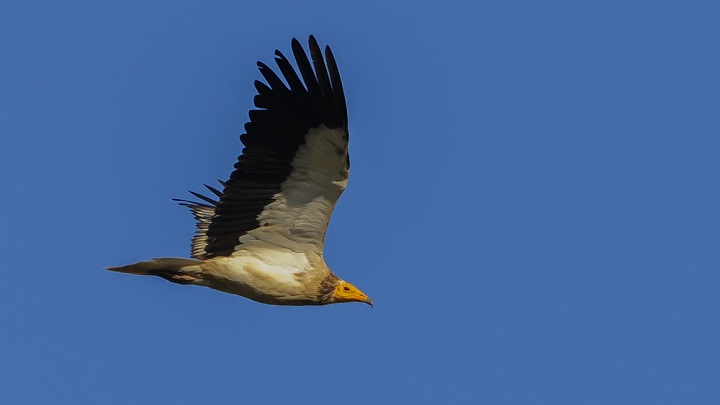New technologies reveal the impact of circular economy on threatened species such as the Egyptian vulture
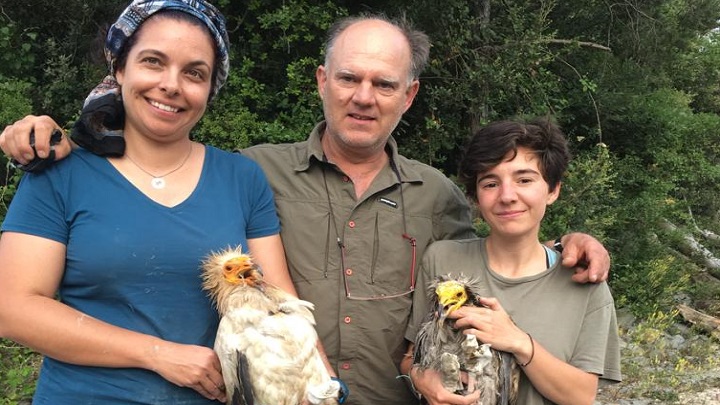
If urban landfills disappear under the new European regulation, some endangered birds such as the Egyptian vulture will need alternatives to their feeding patterns in order to survive in the future. This is one of the main conclusions of a study published in the journal Movement Ecology, led by Professor Joan Real, director of the UB Conservation Biology Group (EBC-UB) of the Faculty of Biology and the Biodiversity Research Institute (IRBio) of the University of Barcelona. The study includes the collaboration of teams from the Centre for Advanced Studies of Blanes (CEAB-CSIC) and the University of Seville.

If urban landfills disappear under the new European regulation, some endangered birds such as the Egyptian vulture will need alternatives to their feeding patterns in order to survive in the future. This is one of the main conclusions of a study published in the journal Movement Ecology, led by Professor Joan Real, director of the UB Conservation Biology Group (EBC-UB) of the Faculty of Biology and the Biodiversity Research Institute (IRBio) of the University of Barcelona. The study includes the collaboration of teams from the Centre for Advanced Studies of Blanes (CEAB-CSIC) and the University of Seville.
The Egyptian vulture, an endangered species
The Egyptian vulture (Neophron percnopterus) is one of the smallest vultures and a threatened bird of prey worldwide, which is included in the International Union for the Conservation of Nature’s Red List as an Endangered Species. In the Iberian Peninsula, this species has been in regression for years, with the exception of some areas such as Catalonia, where there has been a progressive increase in its populations.
This Trans-Saharan migratory species spends the winter in Mali, Senegal and Mauritania and returns to the Iberian Peninsula during spring and summer to breed. It usually feeds on small carrion and dead animals found in the countryside, especially extensive livestock dead animals as well as wildlife. Therefore, it is an indicator species of the environmental status and it helps to eliminate organic remains from our ecosystems.
The team evaluated the potential consequences of landfill closure on the feeding patterns of the Egyptian vulture and how the changes in resource availability may affect the behaviour of free-ranging birds.
“With the decline of extensive livestock farming —apart from the livestock and agricultural intensification— the Egyptian vulture began to use landfills as an alternative place to obtain food. This strategy had its benefits, such as having abundant and predictable food, but it also had risks, such as the intake of potential toxins and the scarce acquisition of natural vitamins”, notes Professor Joan Real, principal researcher of the project and member of the UB Department of Evolutionary Biology, Ecology and Environmental Sciences.
“Therefore, gradually, and depending on the area, this species depends on urban organic waste. However, within the framework of the European Landfill Waste Directive and the Circular Economy Action Plan, which seek the removal of landfills and the drastic reduction of organic matter to avoid negative effects on human health, it is unknown how these measures can affect endangered species and, in particular, the Egyptian vulture”, warns Joan Real.
GPS and spatial network models
The team applied new technologies such as GPS transmitters, and they tracked sixteen birds for three years to understand how they used space and food resources. Innovative analytical techniques were also applied, through the use of spatial network-based models to assess the animals’ connectivity between key food sources, calculated from the movement patterns of the tagged birds.
“The conclusions reveal differences in food strategies between non-breeding and breeding individuals. Specifically, breeding individuals were restricted to specific areas around their nests, although they could make long journeys and exploit extensive livestock and landfill resources. In contrast, non-breeders moved to large areas but their main food source was limited to landfill areas”, says researcher Catuxa Cerecedo-Iglesias (UB-IRBio), first author of the study.
“Among the most highlighted aspects, we found that breeding and non-breeding individuals’ food networks were vulnerable to the elimination of the main feeding areas in landfills, which are highly predictable resources”, notes researcher Catuza Cerecedo-Iglesias.
"In a context marked by the future disappearance of landfills —she continues —the study reveals that Egyptian vultures would use the carcasses of extensive livestock farming as their main trophic resource. In a scenario in which extensive sheep farming is expected to decline significantly, we cannot know about the effect this measure may have on Egyptian vulture populations", adds the researcher.
Protection of Egyptian vultures in the framework of the circular economy
The study indicates that future environmental policies should increase those areas with food resources from extensive livestock farming, as well as recovering sheep that are in great regression in a way that allows the abandonment of livestock carcasses in nature. "This strategy will not only mitigate the lack of food caused by the closing of landfills, but will also contribute to the conservation of endangered species and it would be a way to conserve sheep farming and pastoral culture", the authors note.
However, in Catalonia, these measures are only allowed in some regions and from a 1,400-meter altitude, "a situation that leaves the vast majority of areas where Egyptian vultures are distributed devoid of food, so it is key to increase the surface of these areas at lower altitudes and other regions", warn the authors.
The study has been funded by the Spanish Ministry of Science and Innovation, Red Eléctrica de España SAU, the Management Service of the Barcelona Provincial Council, Catalunya-La Pedrera and the organization of the Delta Birding Festival. It also has the support of the Spanish Ministry of Ecological Transition and Demographic Challenge, Ferrovial, the Biodiversity Service of the Catalan Government, the Osona Naturalists Group (GNO), the Calldetenes-Osona Ringing Group (GACO), the Consortium for the Management of Urban Waste of Osona and a network of volunteers who contributed to the study.
Reference article:
Cerecedo-Iglesias, C.; Bartumeus, F.; Cortés-Avizanda, A.; Pretus, J.L.; Hernández-Matías, A.; Real, J. “Resource predictability modulates spatial‑use networks in an endangered scavenger species”. Movement Ecology, April 2023. Doi: 10.1186/s40462-023-00383-4
Multimedia gallery
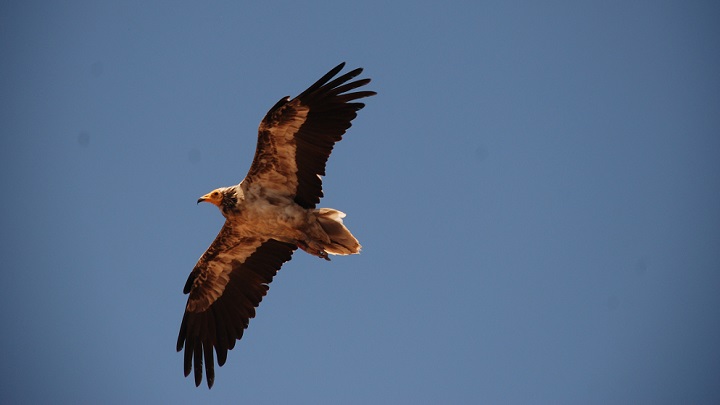
The Egyptian vulture is a threatened bird of prey worldwide. Photo: EBC-UB
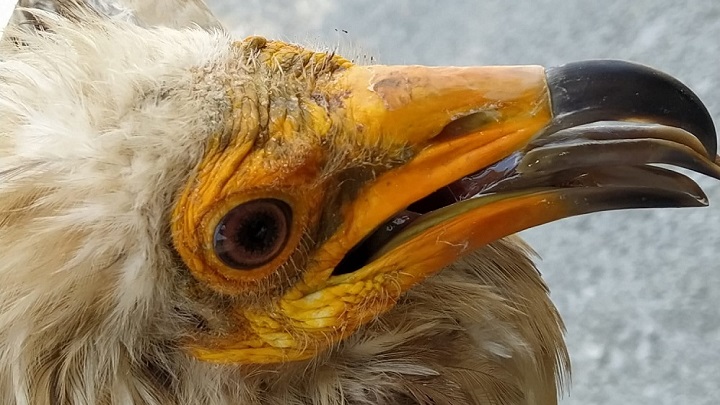
The European directive expects a decrease in organic matter in landfills, which are the main source of food for some endangered species, such as the Egyptian vulture. Photo: EBC-UB
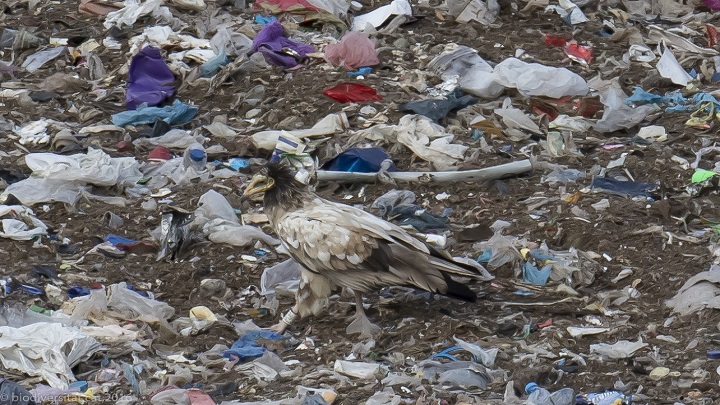
In a context marked by the future disappearance of landfills, the study reveals that Egyptian vultures would use the carcasses of extensive livestock farming as their main trophic resource. Photo: Jordi Baucells
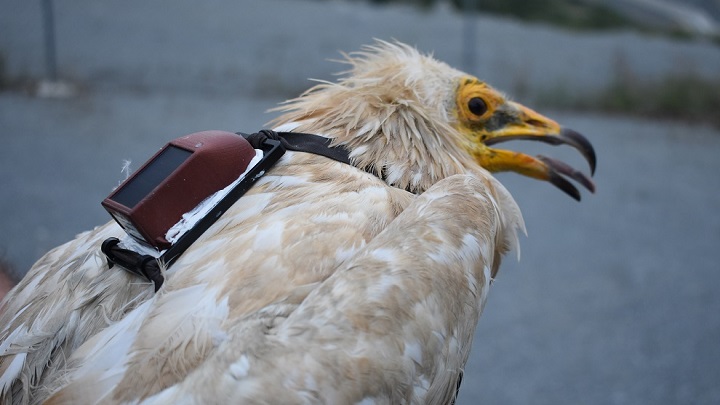
The team applied new technologies such as GPS transmitters, and they tracked sixteen birds for three years. Photo: EBC-UB
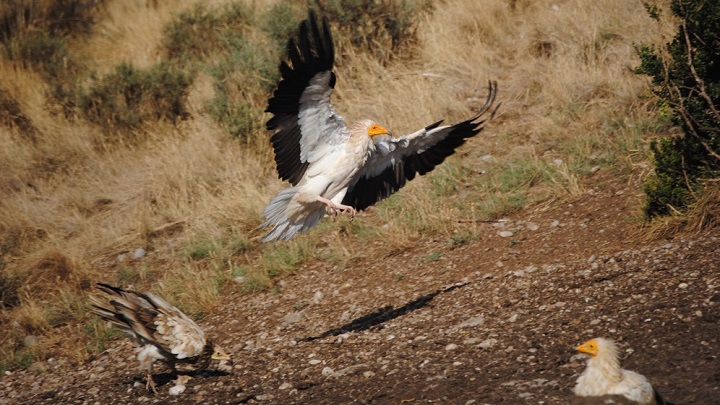
The conclusions reveal differences in food strategies between non-breeding and breeding individuals. Photo: EBC-UB
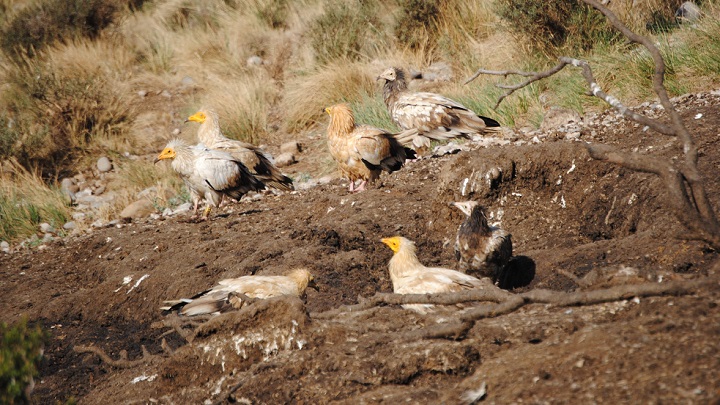
Breeding and non-breeding individuals’ food networks were vulnerable to the elimination of the main feeding areas in landfills. Photo: EBC-UB
